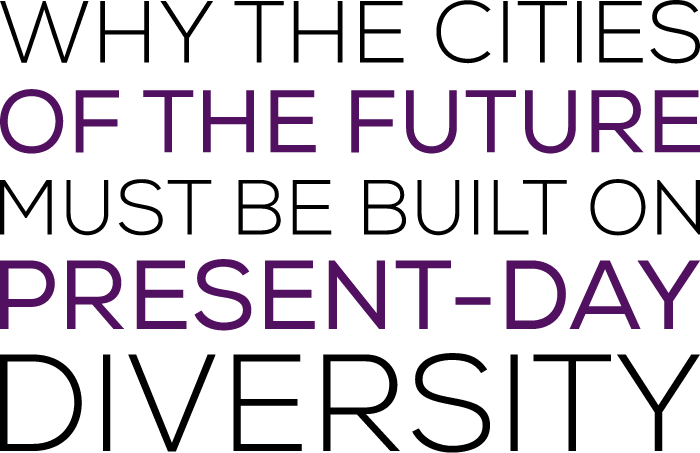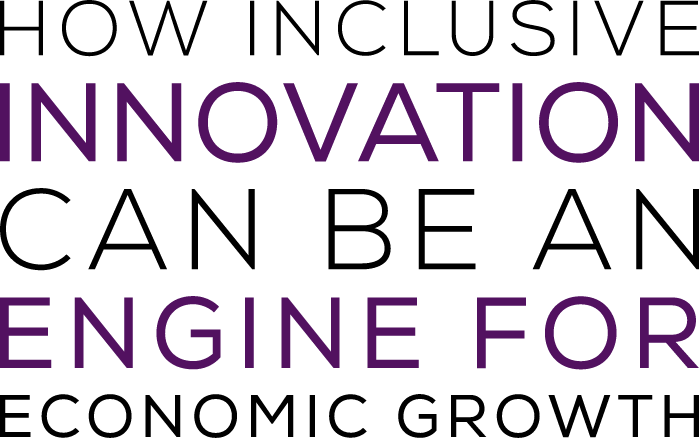
The Metaverse may never achieve its potential if it is built on top of the physical world. To enhance our lives, digital and physical realities need to intertwine.
If you cross the road when you reach Church Street and walk anticlockwise around Oracle Park – home of the San Francisco Giants – you will eventually reach brick 313. Look closely and you can see the engraving: “donated by the Le family, April 2000”.
“I tell everyone who goes there to look for it,” says Su Le, Chief Digital and Strategy Officer and CEO of Cognitive Solutions at TONOMUS, the firm tasked with bringing Saudi Arabia’s NEOM to life. “We bought it online for around 50 dollars and to this day it makes us feel part of the community.”
An obscure piece of Le family lore, perhaps, but for the TONOMUS executive it serves as an example of how we can transcend the physical and digital worlds. Creating seamless experiences that blend these two realities is what gives the Metaverse purpose.
But the prospect of building NEOM from scratch opens new possibilities. “Having this greenfield project allows us to build the physical and digital worlds in parity."
Su Le, Chief Digital and Strategy Officer, TONOMUS
But what is the Metaverse? Among tech CEOs and venture capitalists it has always been viewed as an immersive virtual world that you enter through VR goggles and exist in online. Take the headset off, and you’re back in the physical world.
Until now this vision has been based on what’s possible. The cities we live in today have already been built, which means the digital world must be built on top.
But the prospect of building NEOM from scratch opens new possibilities. “Having this greenfield project allows us to build the physical and digital worlds in parity,” explains Le. “This not only means the digital world can inform what gets built in the physical world, but how communities interact within it.”
At its most basic, this means individuals will be able to influence the design of their home. Or, if enough people buy apartments in a virtual building, the decision could be taken to build it in the physical city.
Once you know how people engage in the digital world, you can start to build ‘physical breakouts’ in the real world.
Su Le, Chief Digital and Strategy Officer, TONOMUS
This isn’t possible unless digital and physical realities are intertwined. Virtual land prices fell more than 80 per cent in the year to November 2022, as the dislocation between real and virtual property became apparent.
But the true potential for NEOM’s Metaverse lies not merely in how the physical and digital worlds work together, but in the real value that the interplay between them adds to people’s lives.
“Creating experiences within the Metaverse starts with the digital twin,” says Le, pointing out that this allows you to model people’s interactions within the physical world using sensors and IoT systems. “Once you know how people engage in the digital world, you can start to build ‘physical breakouts’ in the real world.” This allows you to choose how you want to interact, he explains. “You might want to use a robotic humanoid in the physical world or just a digital screen in the virtual.”
How can we make sure that these experiences augment our lives? According to Professor Jason Pomeroy, a world-leading architect in sustainable design, the value is not necessarily in what digital twins add, but in the obstacles they remove.
“In order for digital twins to make a greater social, economic, environmental, cultural and technological impact, they will need to start capturing the ‘heartware’ of the city's people: and this means the crowd-sourcing of social data and understanding sociocultural behaviours so it can be used as a heightened analytical tool to solve our urban challenges and enhance our lives.”
Doing so would not only enhance the human experience but unshackle the digital economy. Just like digital land, the value of NFTs plummeted from $17bn in early 2022 to just under $470mn in September 2022 because the technology has reached the edge of our current digital ecosystem.
Imagine, instead, if an NFT gave you the exclusive rights to transform the physical world. In mixed reality you could purchase designs online and upload them into your physical home. This not only creates a more attractive market for NFTs, but also a more meaningful interaction between creator and customer.
Le believes that the Metaverse will also allow companies to create more personalised experiences. Take travel, he says. If you’re able to visit a digital twin of a city in the Metaverse and experience some of the things it has to offer, you can share that data with your hotel or travel provider and have them set up that experience in the physical world.
As the technology becomes more sophisticated, so will these experiences. TONOMUS invested more than $1bn in 2022 alone in the development of cognitive technologies, and Le is keen to stress that their application will be based on what adds the most value to individuals and societies.
“This is a vision focused on experiences rather than scale,” he says. Bringing it to life will not just redefine the way we interact with each other in digital environments, it will completely transform the physical world around us.











